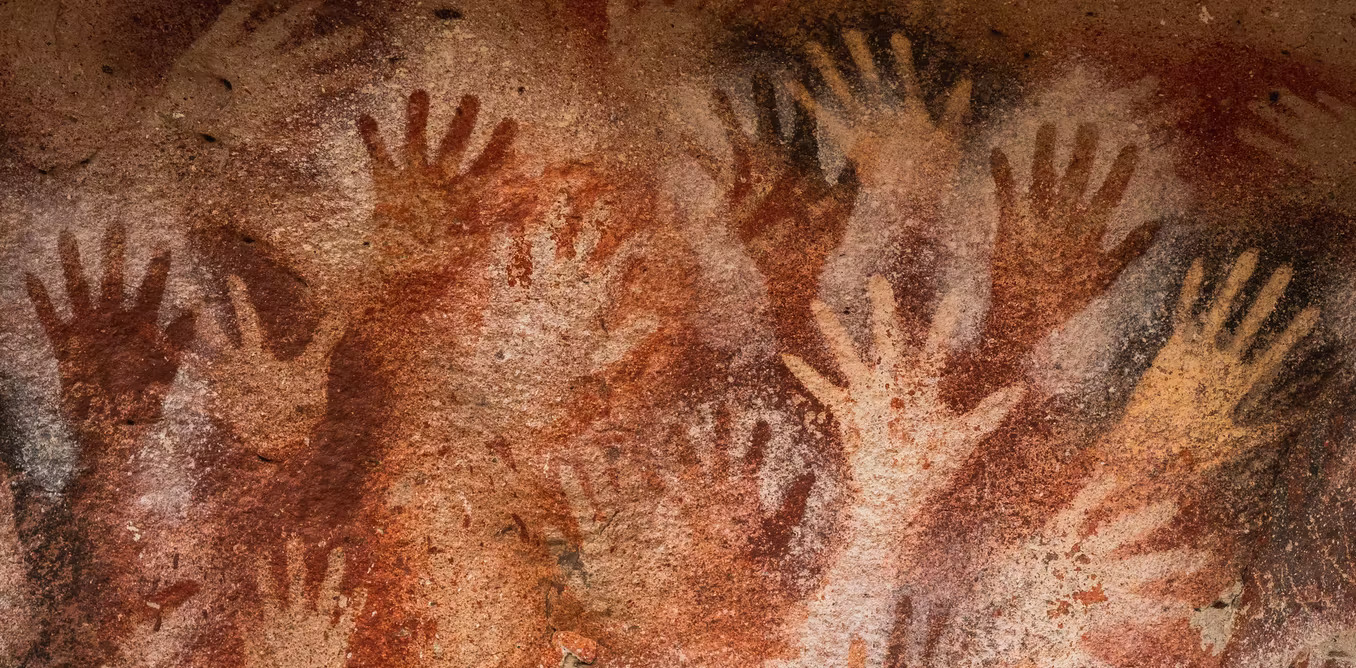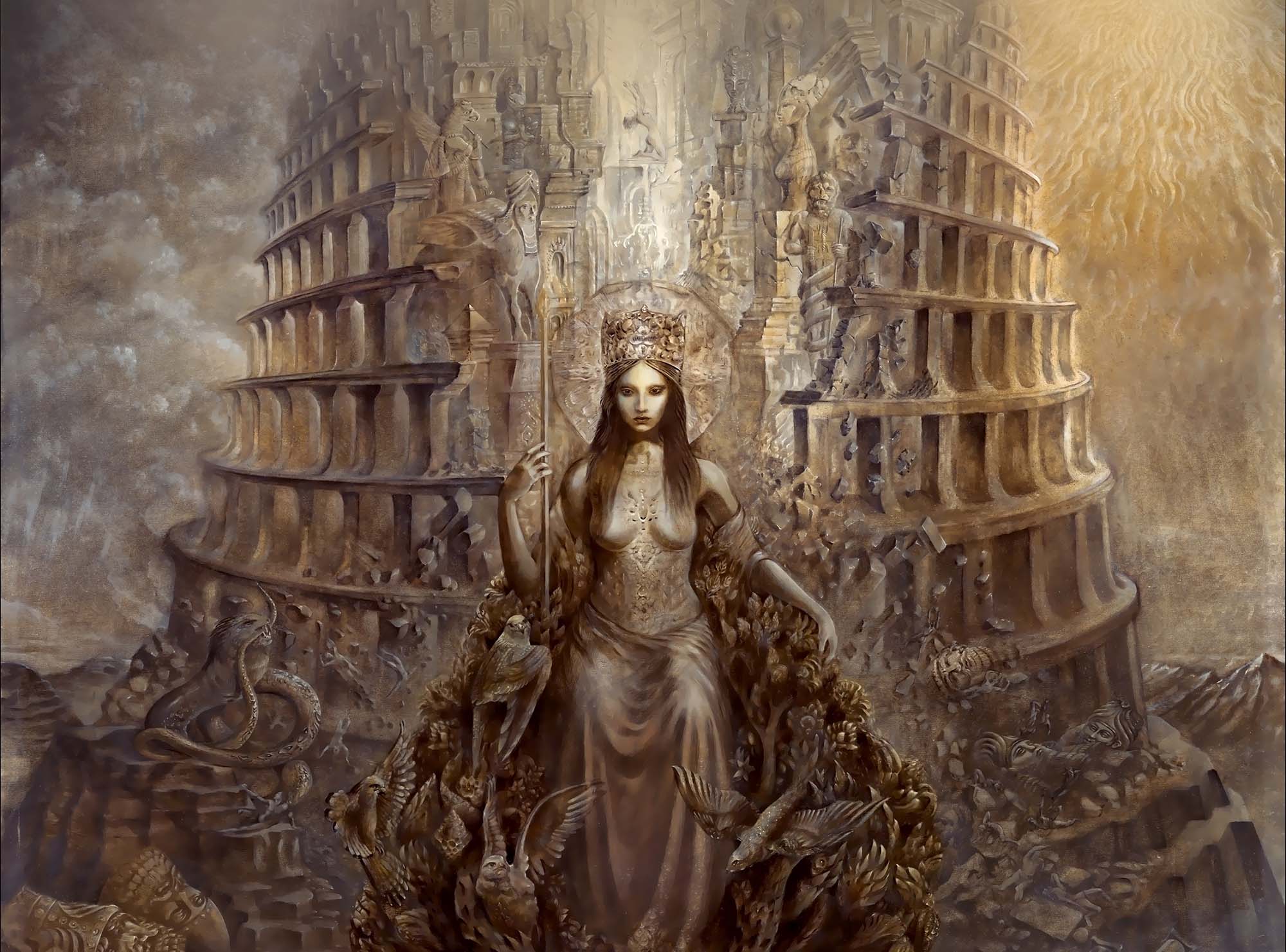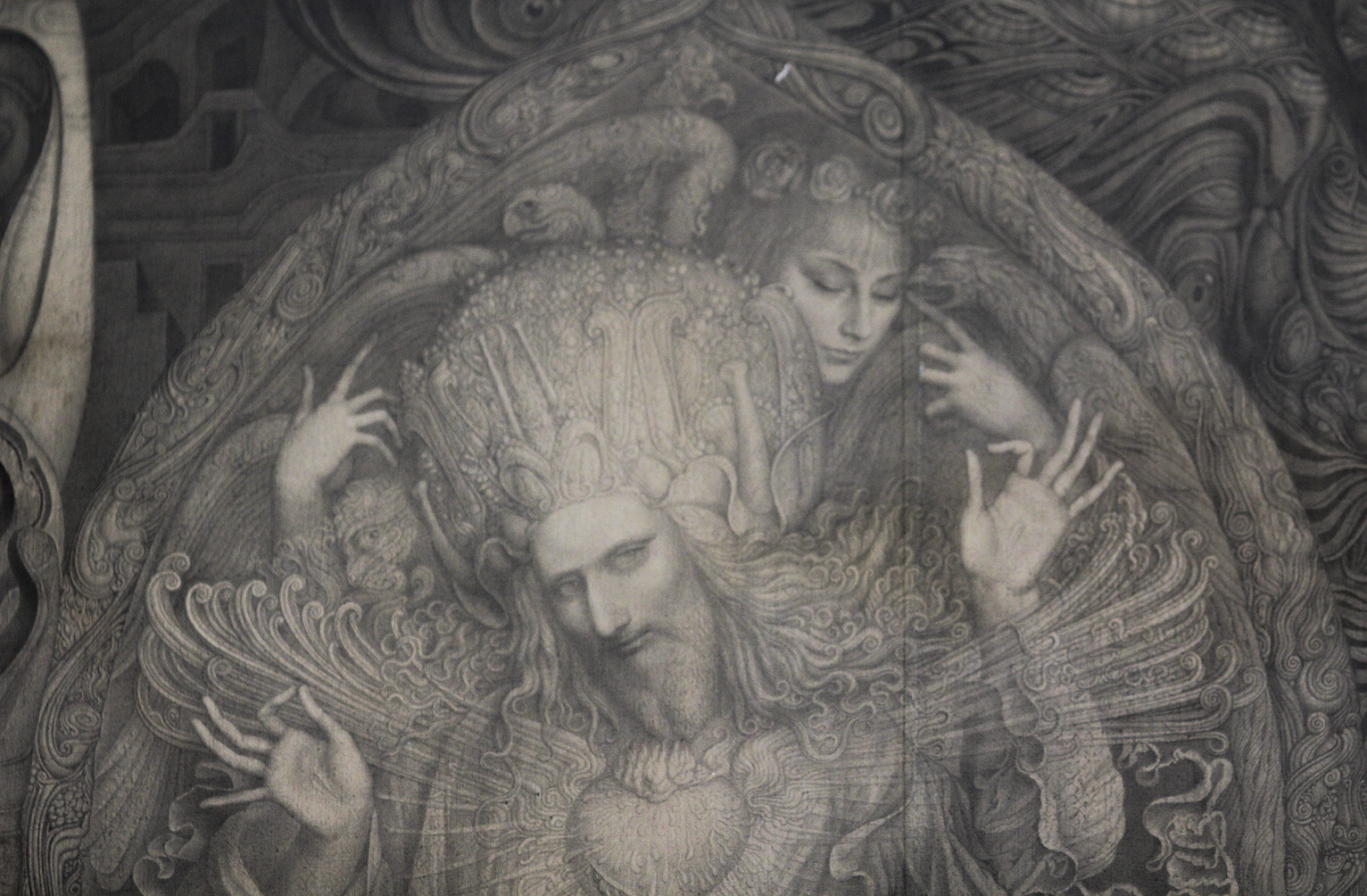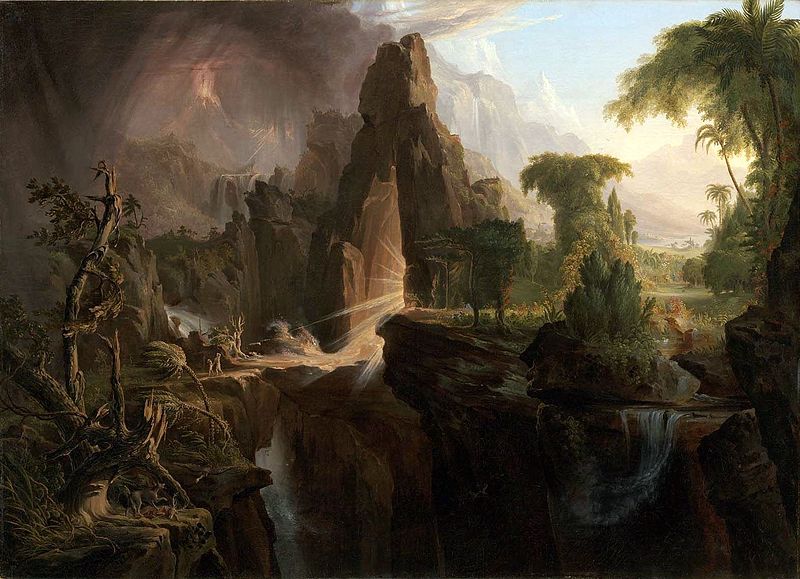“What is Visionary Art?” – this is the territory of exploration that we are embarking upon – a library, research project, and developing network exploring the history, techniques and theory, regenerative culture, map making, consensus building, and fathoming the archetypes. We are gathering and building an evolving body of knowledge and mentorship around visionary art that is accessible anywhere in the world.
Visionary & Sacred Art
is a realm of creativity, mythology, history, tradition, exploration, and human stories.
Era of Visions Library
building a scholarly resource for the study of contemporary, historic and ancient visionary art
Online Courses
mentor with artists and researchers and learn techniques
Latest in Era of Visions Library
Red K Elders Interview
Daniel Mirante
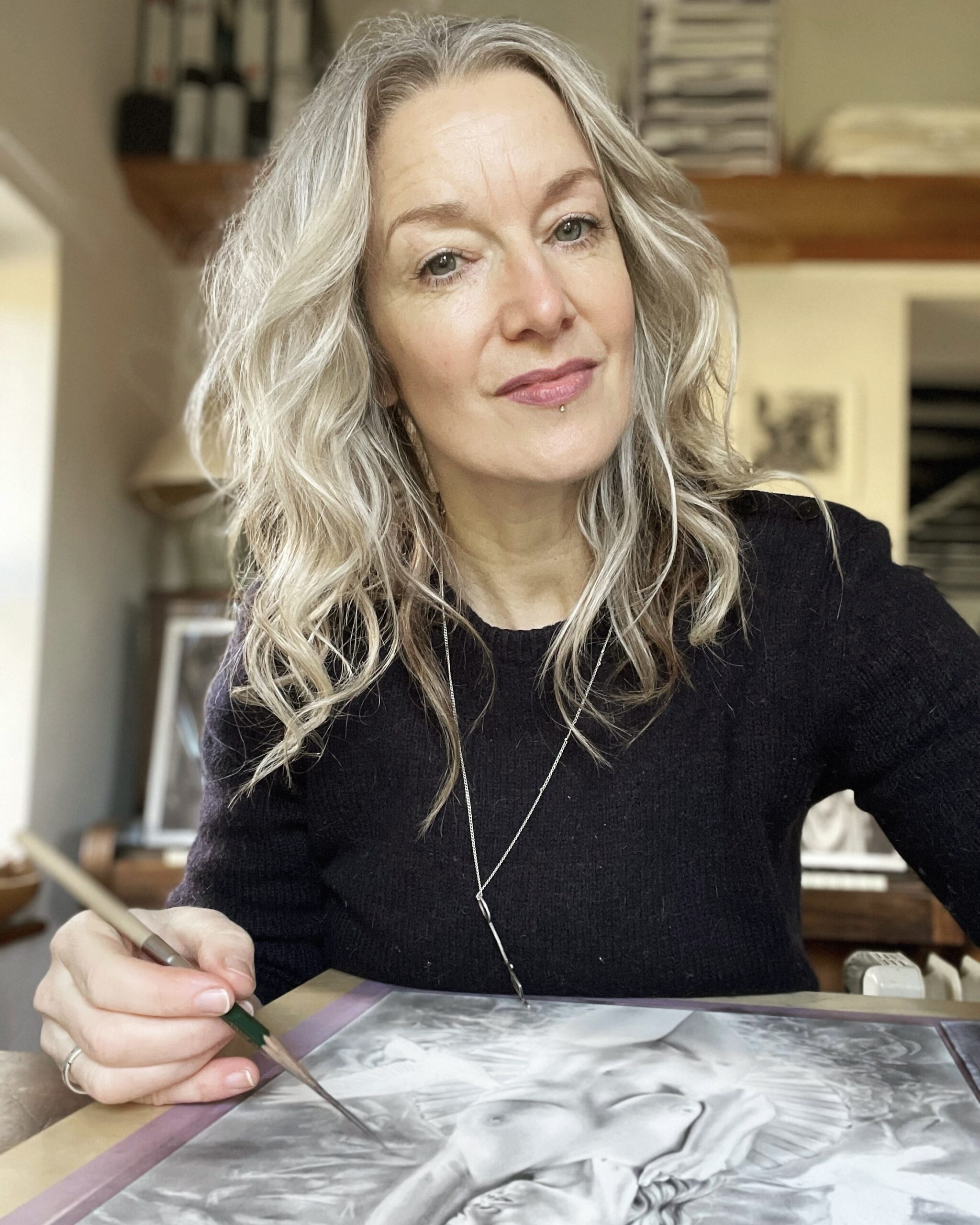
November 12, 2023
Red K Elders has honoured us with her time and energy to give an interview into the nature of her skillful, potent and aesthetic imagery that invokes powerful principle archetypes, energies and entities of pan-European and Mediterranean mythologies. We hope dear reader you will enjoy this conversation which seeks to explore deep into the practice of this remarkable artist.
An Introduction to Ernst Fuchs
Daniel Mirante
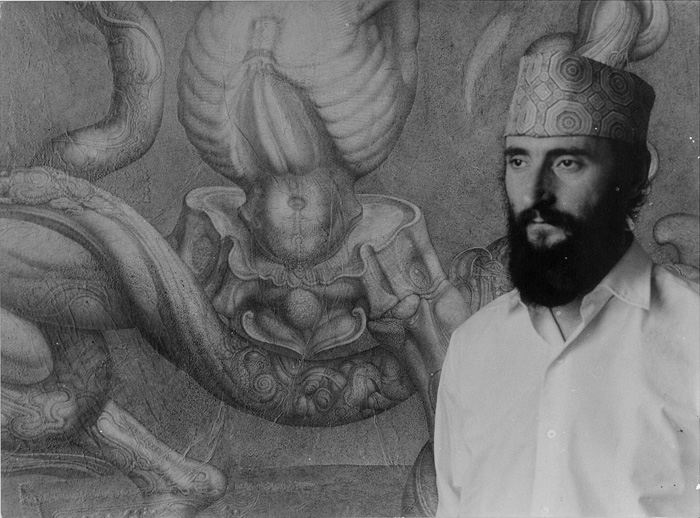
September 9, 2023
Ernst Fuchs was an extraordinarily talented and multifaceted Austrian artist born on February 13, 1930. He was a master of several mediums including painting, drawing, printmaking, and sculpture, and he also ventured into architecture, stage designing, poetry, and singing. Fuchs was a pivotal figure in the Vienna School of Fantastic Realism, a movement he co-founded. His legacy places him as one of the pivotal founders of contemporary visionary art and one of the great preservers and reinvigorators of the timeless legacy of sacred art.
Goddess of the Jewelled Web – The Transmission of the Transpersonal in Visionary Art
Daniel Mirante
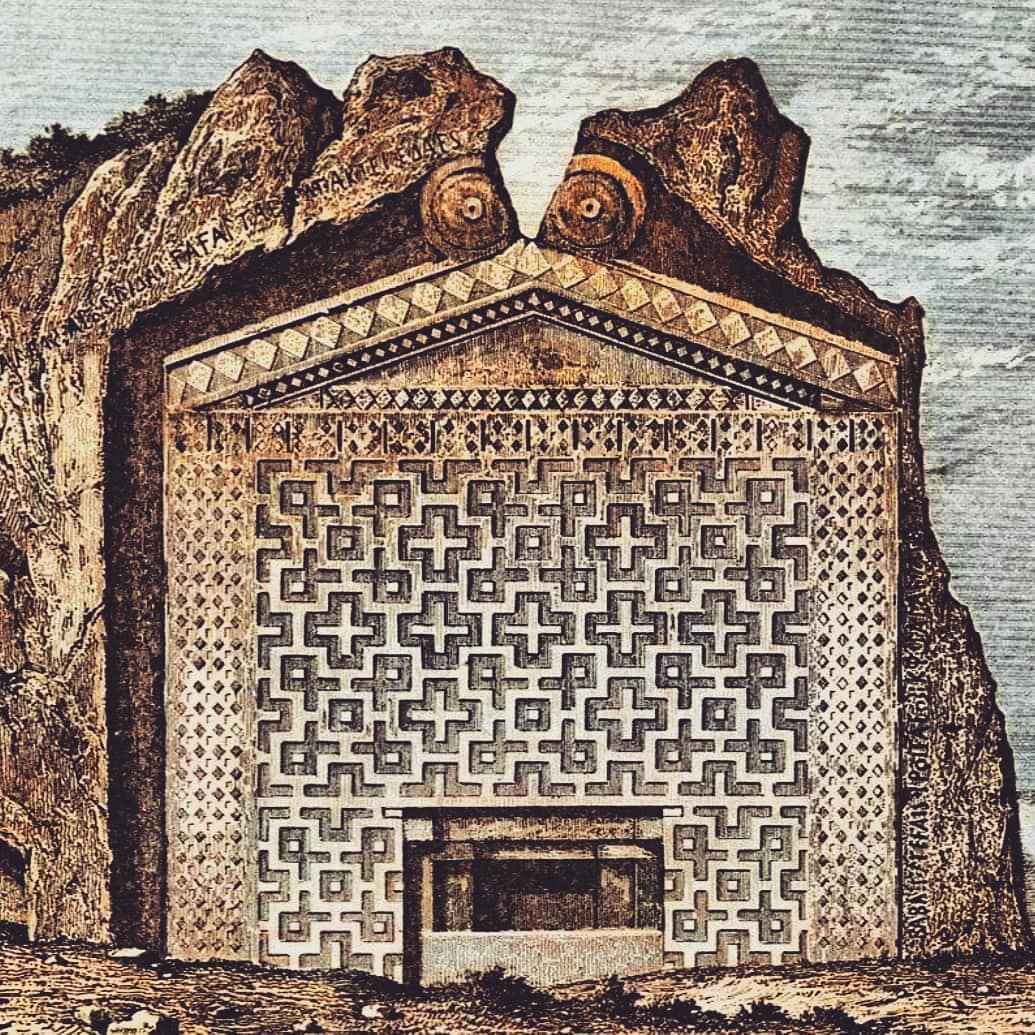
Complexity, Chaos & Emergent Order
September 6, 2021
Art striving for an existential veracity or ‘truth’ will be put upon a difficult and confusing road, forking and branching pathways; between on one hand positivist and nominalist systems tending toward rationality (as in ‘ratio’, to measure), and on the other extreme something akin to pure aesthetics, decor, and the enjoyment of a sensoric object. What we wish to seek here is a deeper meaning for the Arts which put Sacred Art upon a respectable and integral foundation.
Some general properties of self-regulating open hierarchic order (SOHO)
Arthur Koestler

Complexity, Chaos & Emergent Order
December 5, 2020
The regenerative potential of organisms and societies manifests itself in fluctuations from the highest level of integration down to earlier, more primitive levels, and up again to a new, modified pattern. Processes of this type seem to play a major part in biological and mental evolution, and are symbolized in the universal death-and-rebirth motive in mythology.
An Interview with Pablo Amaringo
Howard Charing
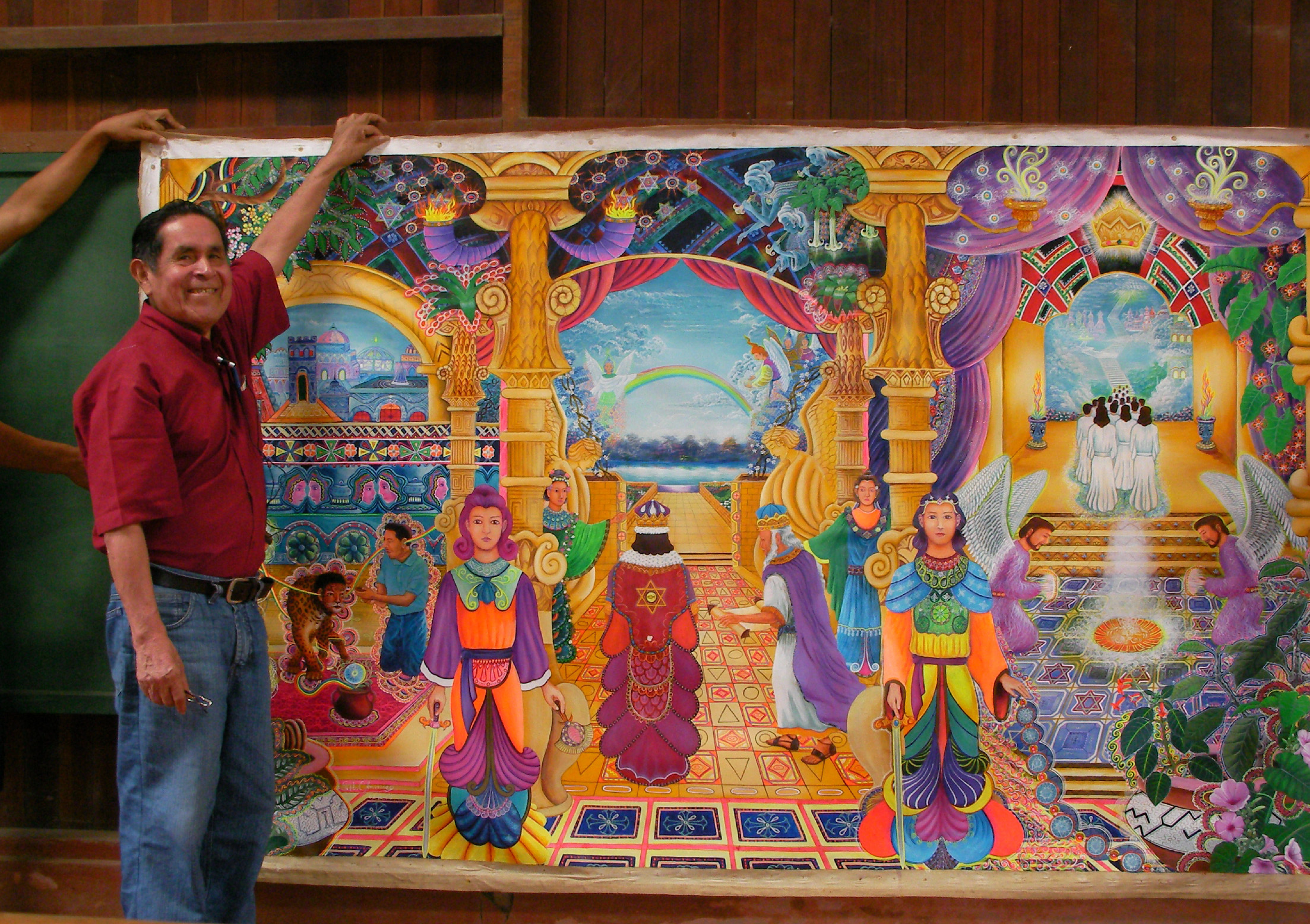
October 24, 2020
The late Pablo Amaringo trained as a curandero in the Amazon, healing himself and others from the age of ten, but gave this up in 1977 to become a full-time painter and art teacher at his Usko-Ayar school. Pablo left us this November 2009, and this interview is posted in homage to this great Artist and great Man.
Toward a Bio-Ethic in Painting – Part 1
Daniel Mirante
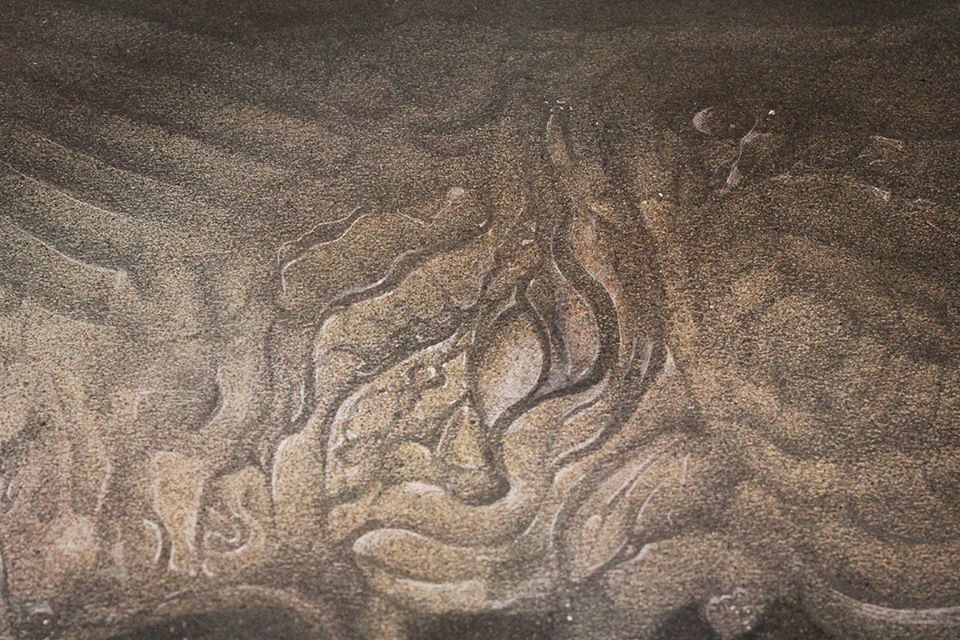
November 2, 2019
Developing an understanding of eco-friendly materials, and how to make a holistic assessment of their impacts and potentially less impactful materials in our studio practice.
Elisabeth Landgraf Interview – Trancing the Sacred
Daniel Mirante
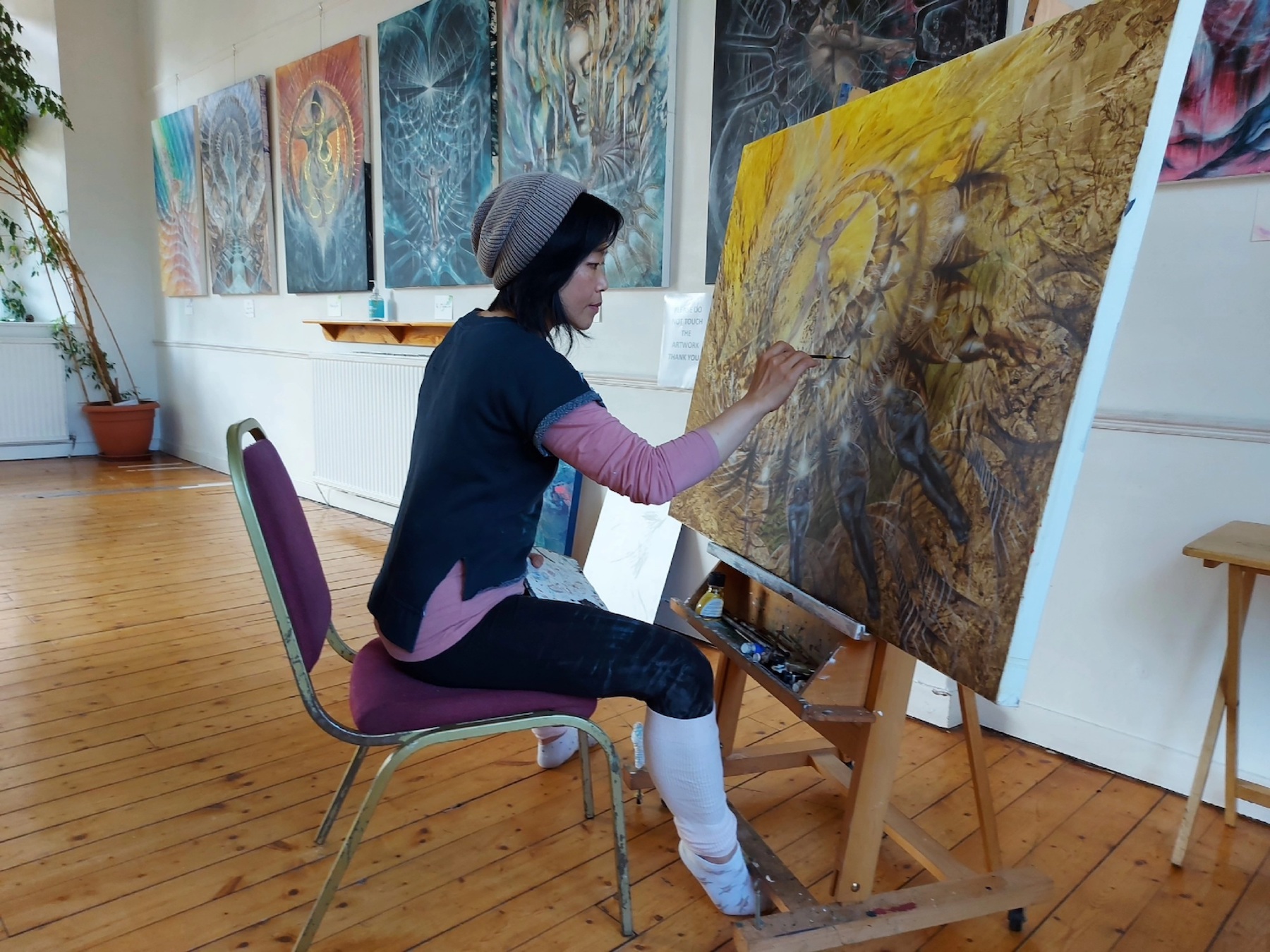
September 18, 2023
Elisabeth Landgraf is a remarkable artist whose life journey weaves from the mountainous landscapes of South Korea to the bustling streets of Paris and the picturesque vistas of Scotland. A journey not just across continents, but through the realms of self-discovery
Igor Volos Interview
Daniel Mirante

June 21, 2023
Igor Volos stands as a bridge between the past and the present. His artworks embody a deep reverence for the traditional forms and artistic techniques of various cultures, while infusing them with his own unique vision and contemporary interpretation, inviting viewers to contemplate the intertwining threads of history, culture, and the ever-evolving nature of artistic expression.
Yearning, Sorrow & Desire – The Capriccio of Monsu Desiderio and Descendents
Daniel Mirante
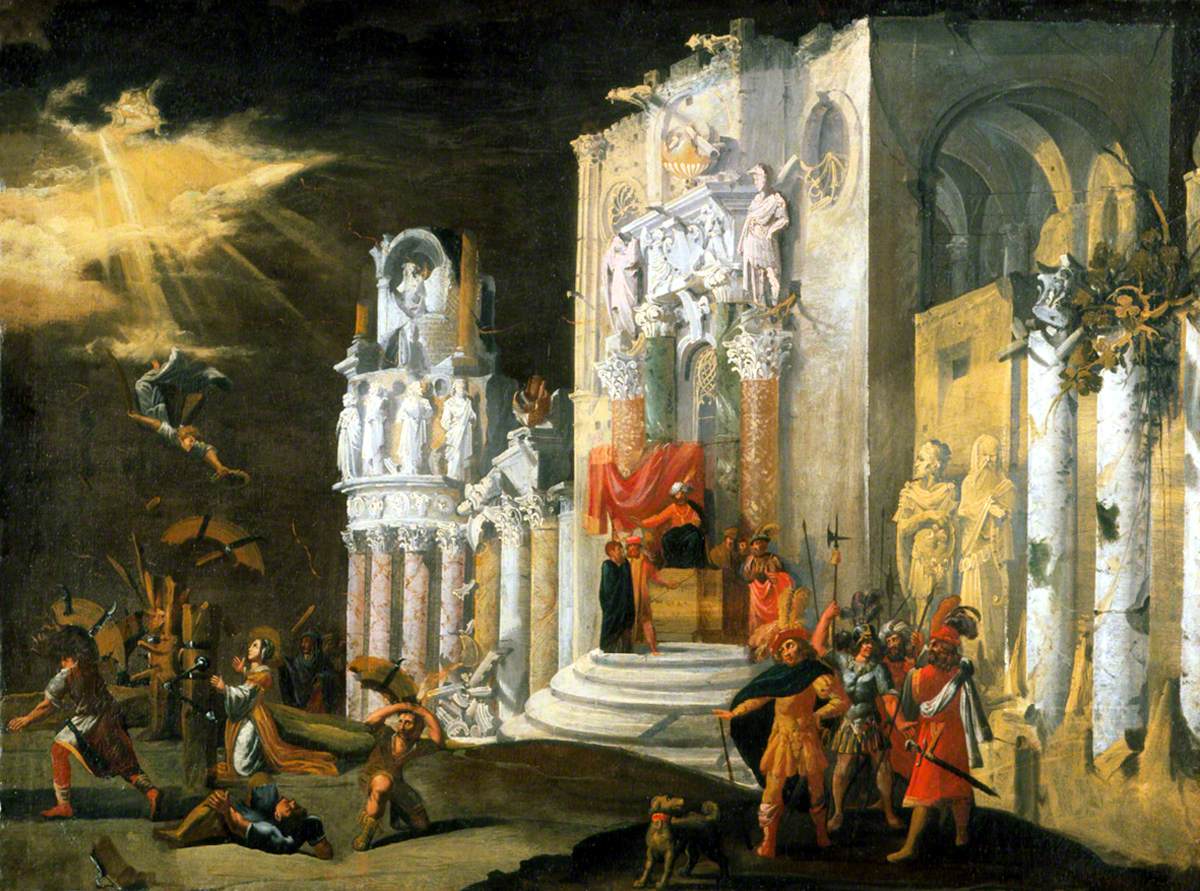
Introductions to Visionary & Sacred Art
July 20, 2021
Ruins hold an enigma for artists concerned with the psycho-archeology of culture. Capricci is a yearning for the archaic, it is also a kind of solace for the broken-hearted who feel they are born to times where the ruins are not physical, but symbolic.
Remaking Cultural Sense – The Symbolist World of Peladan
Sasha Chaitow
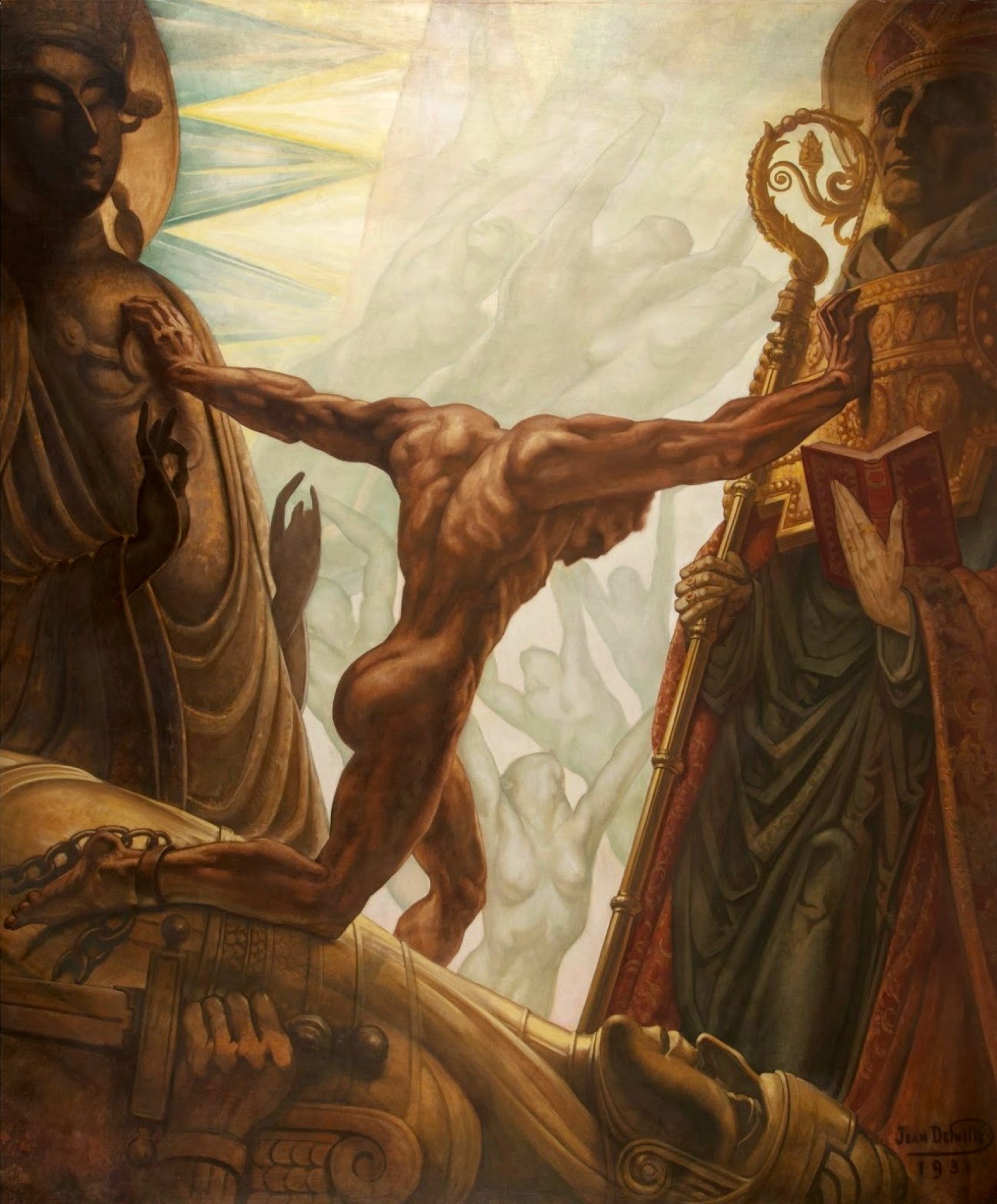
Introductions to Visionary & Sacred Art
March 13, 2021
Symbolism is a forerunner of contemporary visionary art. It prefigures the transformation from classical and traditional premodern forms into a more dynamic, idiosyncratic personal vision. It is with great pleasure that Era Of Visions can share this original interview with Sasha Chaitow, who generously shared her expertise. Sasha is a contemporary scholar of the Symbolist Movement, who has focussed her research on the enigmatic, influential figure known as Peladan.
Hesiod, Theogony, Part 1 – Hymn to the Muses
Daniel Mirante
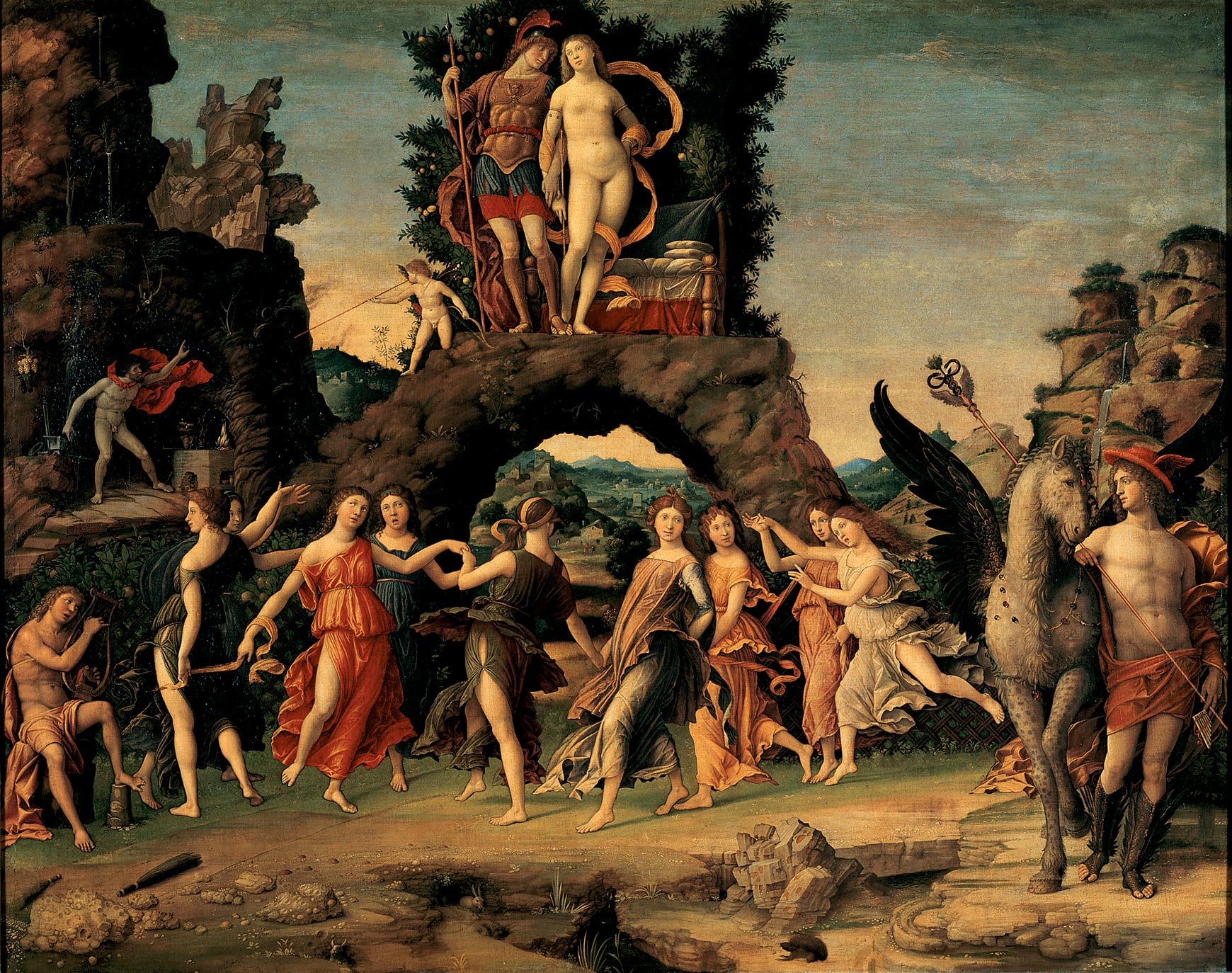
August 14, 2023
A reading of ‘Hymn to the Muses’ from Hesiods Theogony. Read by Daniel Mirante and accompanied by high-res closeups of ‘Parnassus’, by Andrea Mantegna, oil and egg tempera painting.
The Subcreation Theory of J.R.R. Tolkien
Daniel Mirante
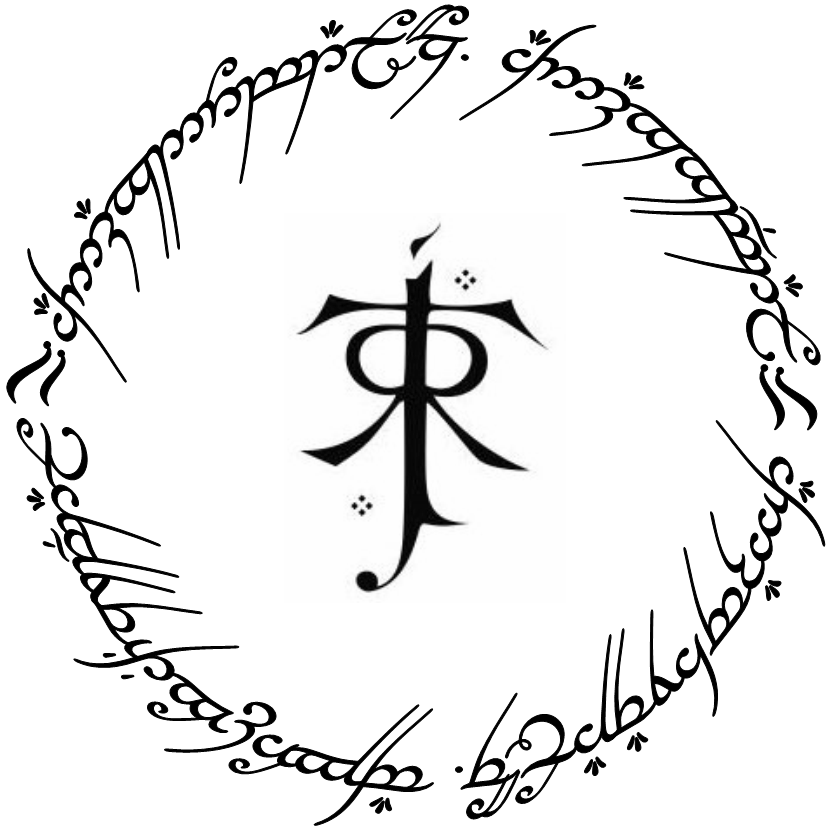
February 1, 2023
A discussion delving deep into J.R.R Tolkiens’ personal philosophy of the creative process- ‘subcreation’ and how it was informed by his spirituality.
The Kafno Ikon – An Exploration
Tanya Maria Semaan
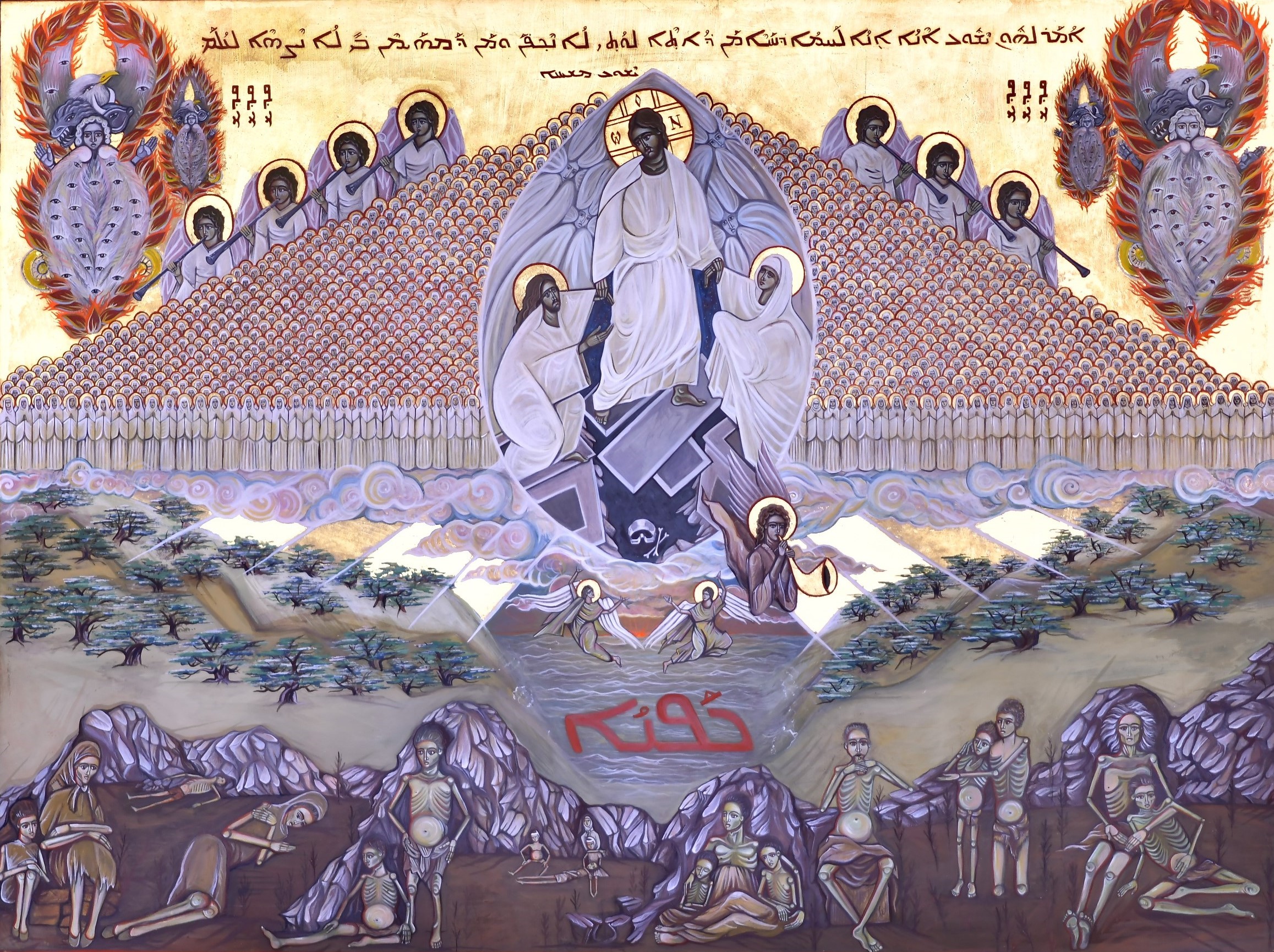
June 7, 2022
Biblical and Historical Explanation for the First Original Monumental KAFNO Icon painted by Tanya Maria Semaan who generously provided this exegesis of the Ikon.
Peresvet, Oslyabya, Divine Gloom
Oleg Korolev
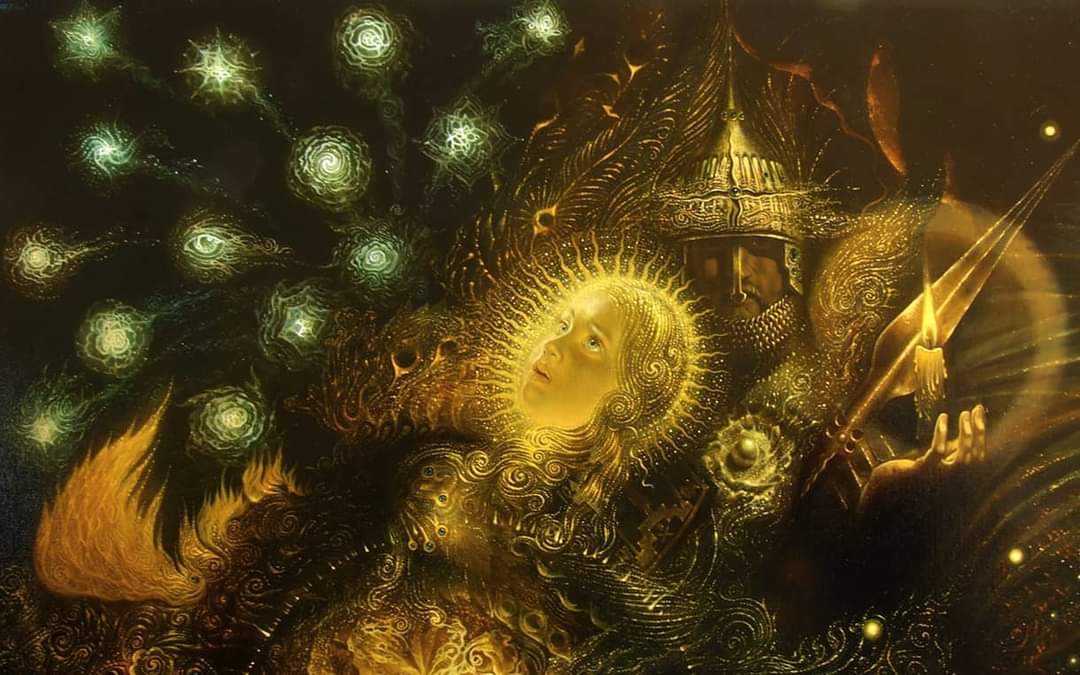
January 23, 2021
The key to understanding the symbolism of the painting’s composition is found in the interpretations of the “Mystical Theology” of Saint Dionysius the Areopagite. As you maybe aware, the most Luminous Darkness, of the Divine Gloom is a theological term from the Orthodox Apophatic theology, which is based on the” negative” way of perception on it’s way of the search for the Ultimate truth through the denial of everything that which is not It.
Thomas Cole’s The Course Of Empire (in his own words)
admin
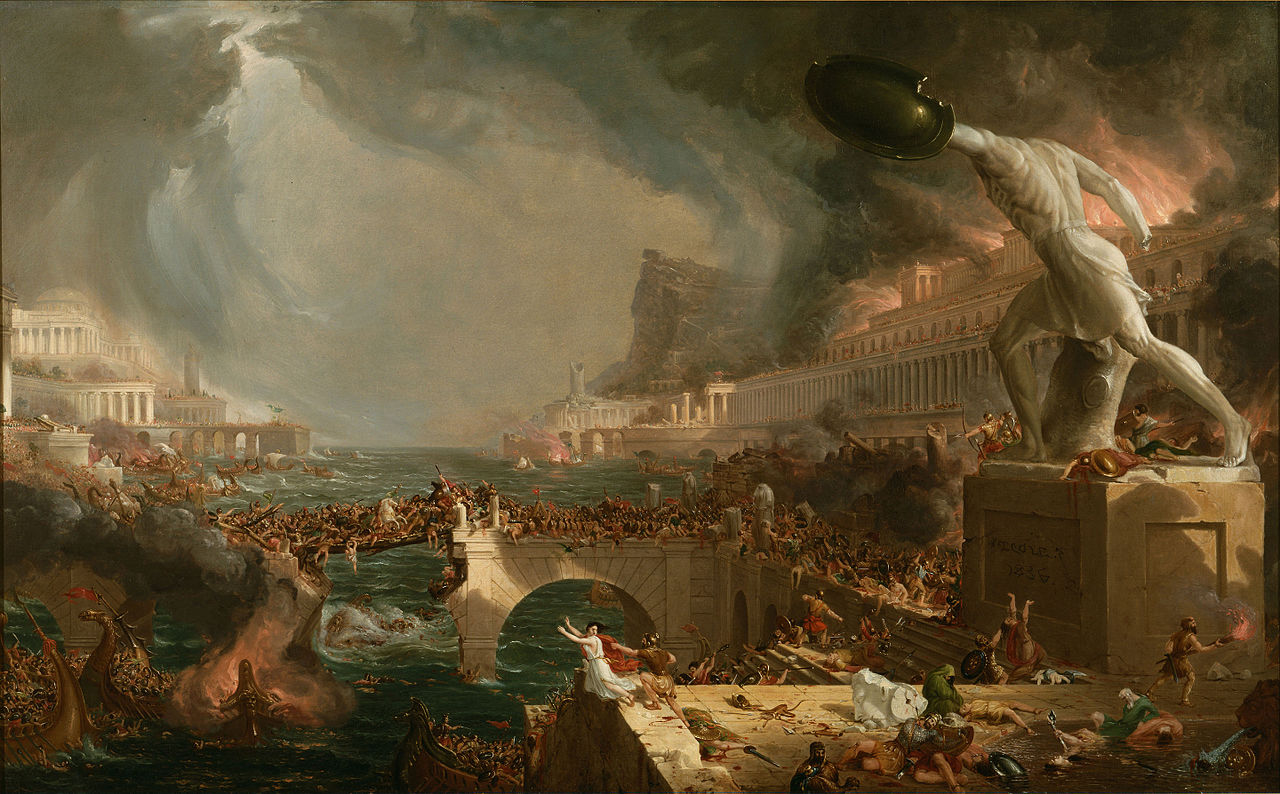
July 18, 2021
Thomas Cole’s importance and influence as an American artist exploded during the mid‐1830s and his career flourished in the early 1840s. He deeply influenced his immediate peers and successive generations of American artists. He transformed the landscape genre from a reflective art to a medium of expressing historical, social, and political theory.
Mundus Imaginalis, or the Imaginary and the Imaginal
Henry Corbin

November 12, 2020
A seminal text introducing the terms Imaginal and Mundus Imaginalis, and their distinction from the merely imaginary or utopian.
PSYCHOSIS: “Experimental” and Real
admin
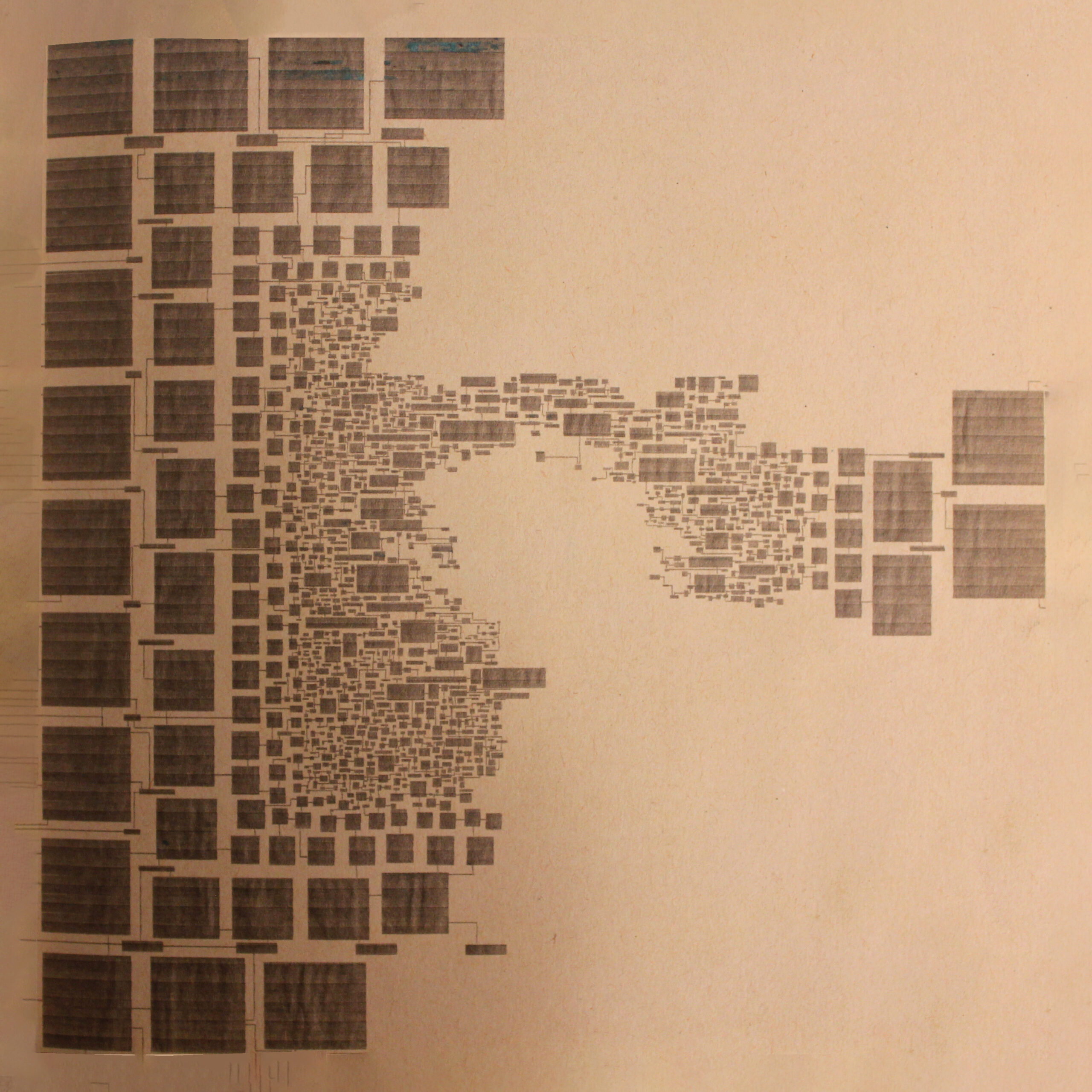
October 7, 2023
It is not difficult to see how insights, whether into oneself or the outside world, can precipitate “psychotic” episodes, and why from that point onward the individual is likely to find it difficult to articulate with the culture. There are at least two ways in which an “insight” can trigger a neurological “jam session”: (1) by arousing an intense emotion and thus altering the chemical composition of the blood and consequently the functioning of the brain, and (2) by a sudden collapse of boundaries between two or more cognitive structures previously kept separated from each other, within that particular individual’s total set of cognitive structures.
Brief History of Transpersonal Psychology
Stan Grof
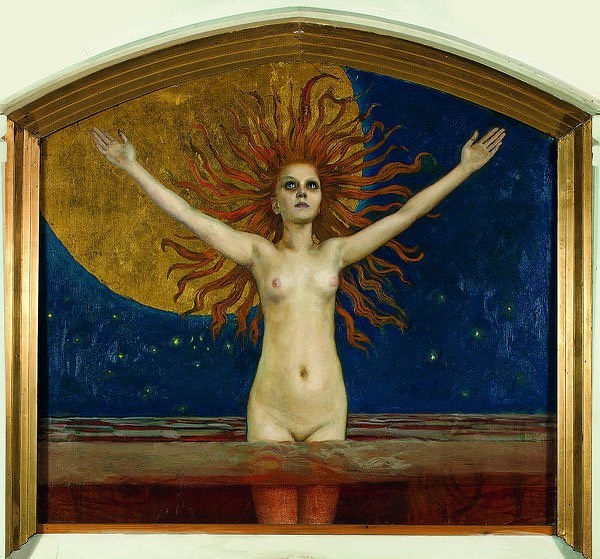
March 26, 2023
The renaissance of interest in Eastern spiritual philosophies, various mystical traditions, meditation, ancient and aboriginal wisdom, as well as the widespread psychedelic experimentation during the stormy 1960s, made it absolutely clear that a comprehensive and cross- culturally valid psychology had to include observations from such areas as mystical states, cosmic consciousness, psychedelic experiences, trance phenomena, creativity, and religious, artistic, and scientific inspiration.
21st Century Visionaries : Oleg Korolev
admin
October 12, 2021
There is no excerpt because this is a protected post.
Hymn to Proserpine
admin
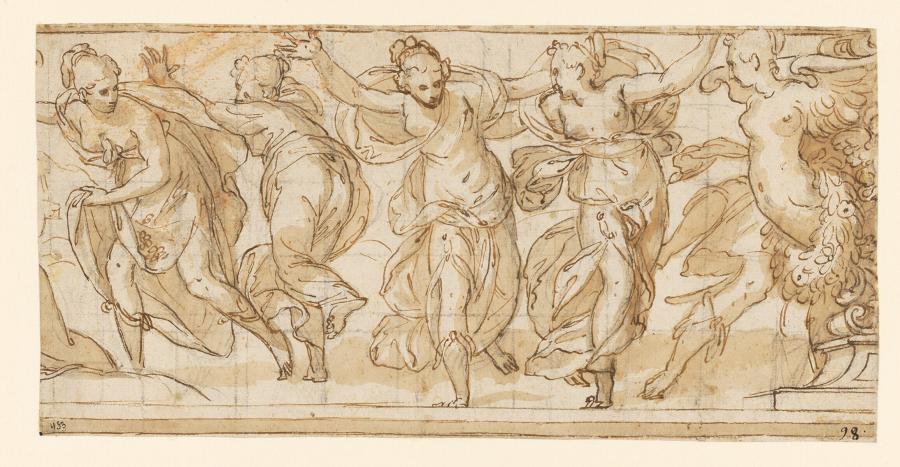
June 2, 2023
“Hymn to Proserpine” is a poem by Algernon Charles Swinburne, published in Poems and Ballads in 1866. The poem is addressed to the goddess Proserpina, the Roman equivalent of Persephone, but laments the rise of Christianity for displacing the pagan goddess and the pantheon.
Novalis: Hymns to the Night (Part I)
admin
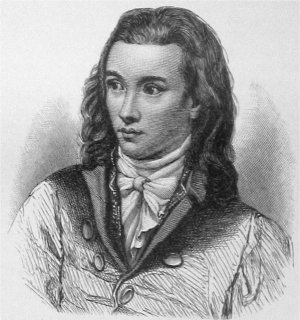
February 2, 2023
Novalis, pseudonym of Friedrich Leopold, Freiherr von (baron of) Hardenberg, (born May 2, 1772, Oberwiederstedt, Prussian Saxony [Germany]—died March 25, 1801, Weissenfels, Saxony [Germany]), early German Romantic poet and theorist who greatly influenced later Romantic thought. Seven months after the publication of Hymns to the Night, Novalis died of tuberculosis, the same disease that had claimed his fiancé. Although the cryptic diction […]
